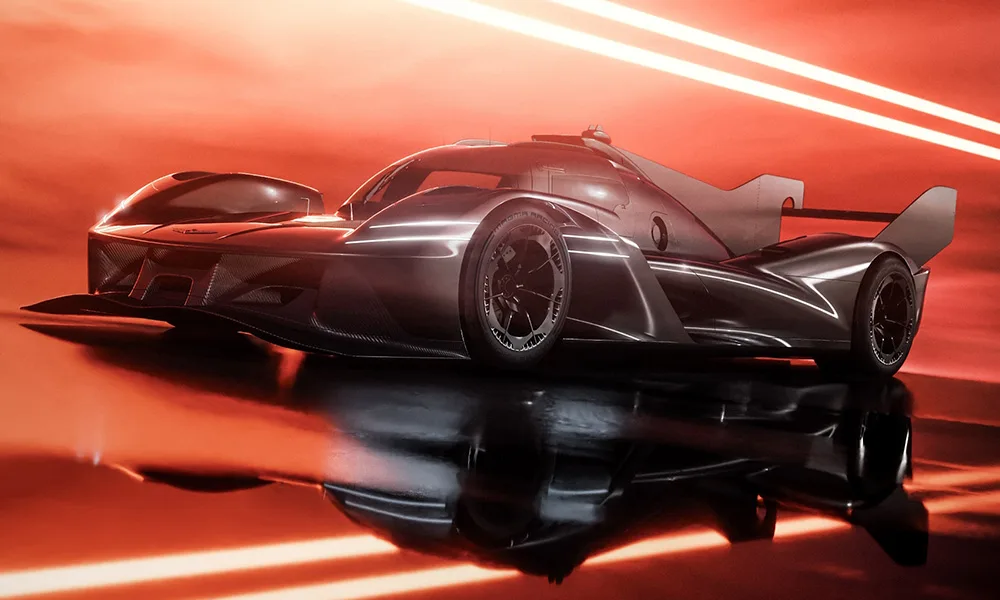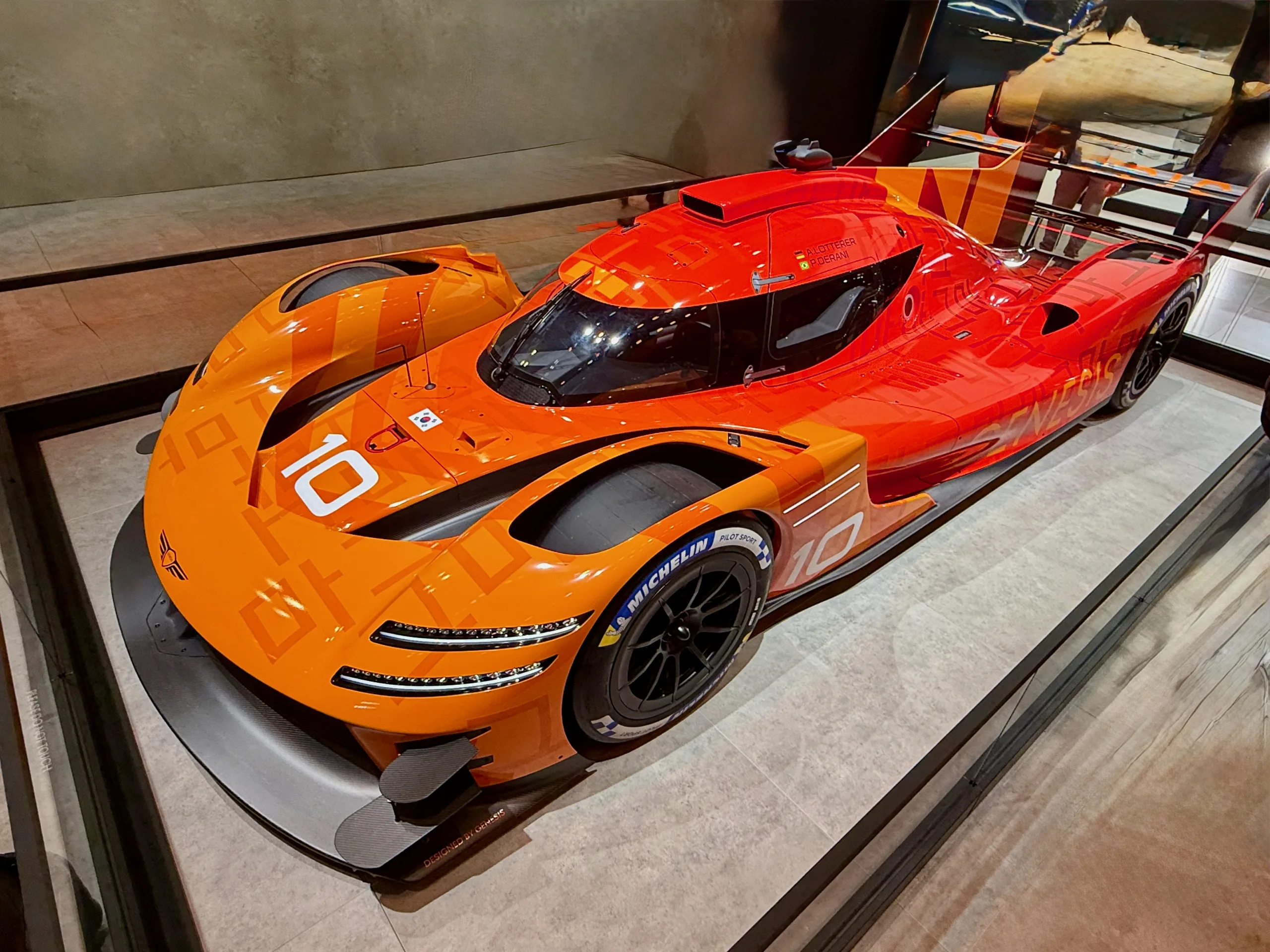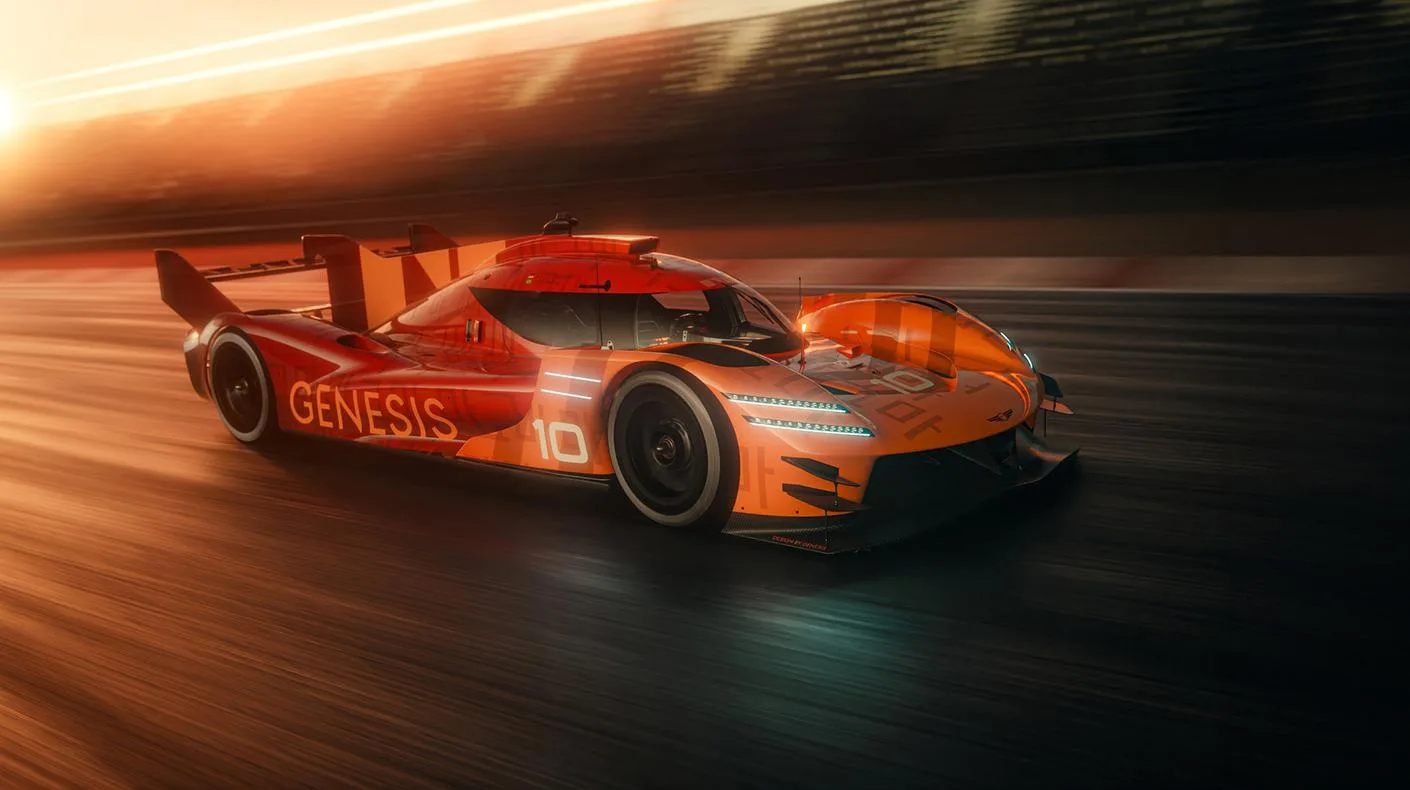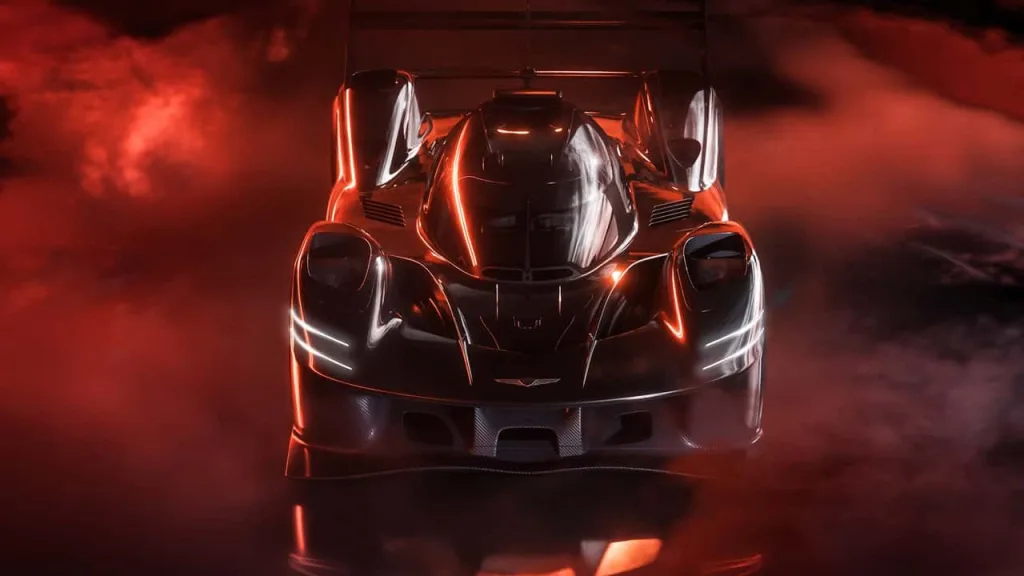In an automotive landscape dominated by European legacy brands and racing powerhouses, the debut of the Genesis GMR-001 Hypercar marks a striking pivot, not just for Genesis but for the Korean auto industry as a whole. What began as a luxury offshoot of Hyundai has now evolved into a performance-driven brand with serious motorsport ambitions. With the GMR-001, Genesis enters the elite club of manufacturers competing in the hyper-competitive FIA World Endurance Championship (WEC), including the famed 24 Hours of Le Mans.
This isn’t just a vanity project. The GMR-001 is a meticulously engineered Le Mans Daytona h (LMDh) prototype, developed in partnership with Oreca, IDEC Sport, and Hyundai Motorsport. It combines cutting-edge hybrid technology, aerodynamics shaped by both art and physics, and a bold visual identity steeped in Korean culture. More than a race car, it’s a declaration of intent: Genesis is here to compete—and to win.
In this article, we explore the GMR-001’s journey from concept to track, unpack its technical marvels, analyze its racing potential, and reflect on its broader significance in the shifting landscape of global motorsport.
1. The Genesis of Genesis Racing

Genesis Motor was born in 2015 as a luxury division of Hyundai Motor Company, offering high-end vehicles to rival the likes of BMW, Lexus, and Mercedes-Benz. Over the years, the brand steadily matured, earning accolades for design, technology, and refinement. But by 2023, a new ambition had emerged: to inject emotion and performance DNA into the brand through motorsport.
Enter Genesis Magma, the brand’s high-performance division announced in 2024, and Genesis Magma Racing, a dedicated motorsport arm created for international endurance racing. The GMR-001 is the first fruit of this bold new direction, poised to challenge industry titans like Ferrari, Toyota, Porsche, and Peugeot on their home turf—the World Endurance Championship.
2. Strategic Partnerships and Engineering Powerhouse
Genesis understood early that success in endurance racing would require more than ambition—it would require experience. That’s why they partnered with some of the most respected names in the field:
- Oreca supplies the carbon monocoque chassis, leveraging decades of Le Mans-winning experience.
- IDEC Sport, a seasoned French racing team, provides operational support and logistics, with a base at Circuit Paul Ricard in France.
- Hyundai Motorsport takes charge of engine development and hybrid integration, drawing on its WRC expertise.
This collaboration is not just multinational—it’s multi-disciplinary. Together, they have created a vehicle that adheres to the LMDh rule set, allowing Genesis to race in both the FIA WEC and IMSA WeatherTech SportsCar Championship.
3. Aesthetic Brilliance Meets Aerodynamic Function
Genesis has long been lauded for its design philosophy, known as “Athletic Elegance.” The GMR-001 doesn’t abandon that philosophy—it radicalizes it.
Visually, the car is an aggressive machine cloaked in artistry:
- Twin-line LED lighting strips define the front and rear.
- Parabolic contours run along the sides, emphasizing both motion and structure.
- A massive rear wing, shark fin, and aerodynamic tunnel diffusers scream downforce and efficiency.
The “Magma” livery is a fiery gradient of reds and oranges, inspired by Korean Hangeul script and volcanic intensity, symbolizing explosive performance and national pride.
Yet this beauty is not skin-deep. Every surface, every curve has been honed for aerodynamic efficiency and thermal management. It is a marriage of design and performance seldom seen at this level.
4. Technical Specifications of the Genesis GMR-001 Hypercar

Behind its sculpted body and vivid Magma livery, the Genesis GMR-001 hides a formidable combination of hybrid technology, endurance-tested engineering, and cutting-edge aerodynamics. As an LMDh-compliant prototype, the GMR-001 is built to compete at the highest levels of endurance racing, balancing strict regulatory constraints with the freedom to innovate.
Here are the key specifications and engineering highlights:
Chassis and Construction
- Chassis Supplier: Oreca (France)
- Platform: LMDh-spec carbon fiber monocoque
- Weight: Minimum 1,030 kg (FIA LMDh regulation)
- Length: Approx. 5,100 mm
- Width: 2,000 mm (standard FIA prototype dimensions)
- Wheelbase: ~3,150 mm
Oreca’s involvement ensures a battle-proven base, as the company has been a trusted name in both LMP2 and LMDh prototype design. The chassis integrates high-strength, lightweight composites to meet the grueling demands of 24-hour racing.
Powertrain
- Internal Combustion Engine: Twin-turbocharged V8, developed by Hyundai Motorsport
- Hybrid System
:
- Standardized LMDh hybrid setup
- Motor Generator Unit (MGU): Bosch
- Battery Pack: Williams Advanced Engineering
- Gearbox: Xtrac 7-speed sequential gearbox
- Total Output: ~500 kW (≈670 hp), including electric assist (~67 hp)
- Drivetrain: Rear-wheel drive
The combustion engine provides the majority of propulsion, while the hybrid system—used strategically for acceleration and efficiency—recovers energy during braking and redeploys it under acceleration. This hybrid layout is standardized across LMDh competitors, ensuring cost control and performance parity.
Aerodynamics & Bodywork
- Front Splitter and Rear Diffuser: Optimized for maximum downforce with minimal drag
- Active Aero Elements: FIA-approved adjustable rear wing
- Cooling System: Integrated with aerodynamic profile for thermal efficiency
- Shark Fin: Enhances lateral stability during high-speed cornering.g
The body of the GMR-001 is a study in balance, e—ee-e-e-blending aggressive downforce with refined airflow management. The large overhangs, prominent wing, and diffuser not only contribute to race pace but define its unmistakable visual identity.
Electronics & Systems
- ECU: Bosch Motorsport Control Unit
- Telemetry: Full FIA-spec live data transmission
- Driver Aids: Traction control, brake-by-wire regenerative braking, and adaptive hybrid torque vectoring.
- Safety Systems: FIA crash structure, integrated roll cage, six-point harness, cockpit fire suppression system
These systems ensure both performance consistency and driver safety, essential in endurance formats where weather and fatigue play key roles.
Tires, Brakes, and Suspension
- Tires: Michelin slicks (WEC official tire supplier)
- Brakes: Brembo carbon-ceramic discs, front and rear
- Suspension: Pushrod-operated double wishbone system with adjustable dampers
With endurance racing pushing components to their limits over 24 hours, the GMR-001 is fitted with only the most reliable and customizable suspension and braking technologies, allowing real-time tuning based on track and weather conditions.

Fuel & Lubricants
- Fuel: Sustainable race-spec biofuel, per FIA WEC guidelines
- Lubricants: Partnered with Shell for optimized thermal and mechanical performance


